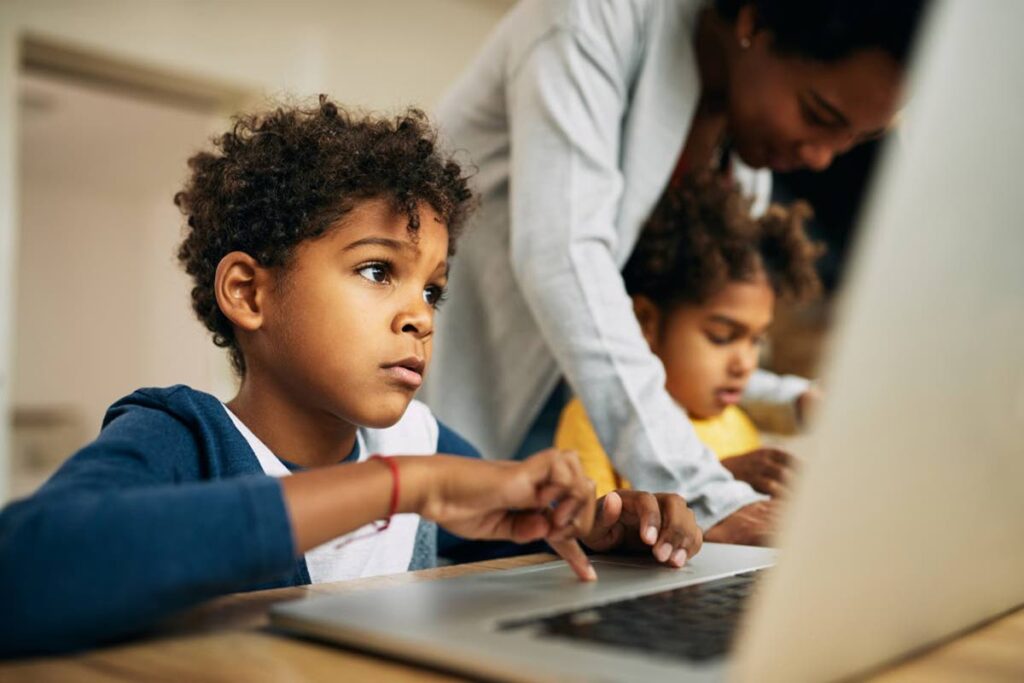
Digital literacy: The new essential skill of the 21st century
WE often hear that today’s children are “born with technology in their hands”, a phrase that paints them as digital natives, naturally fluent in all things tech. But familiarity is only one aspect of digital literacy. Comfort with touch screens, social media or gaming platforms does not automatically translate into the ability to use technological tools effectively for learning, critical thinking, or civic participation. The skills required to navigate and contribute meaningfully to the digital world are not innate, they must be intentionally taught. In today’s society, digital literacy is no longer a nice-to-have, but a must-have skill set.
This message was echoed globally on July 15, when the world marked World Youth Skills Day under the theme ‘Youth Empowerment through AI and Digital Skills’. Established by the United Nations General Assembly, this annual observance highlights the importance of equipping young people with the skills needed for employment, decent work, entrepreneurship, and sustainable development. Now in its 10th year, World Youth Skills Day serves as a timely reminder that access to technology must be paired with the ability to use it wisely, creatively, and responsibly, especially in countries like Jamaica, where efforts to expand both access and digital readiness are well underway.
The evolving importance of digital literacy
Digital literacy evolves alongside technology itself. It encompasses a broad set of skills, including the ability to access, evaluate, create, and communicate information effectively in digital spaces. It also demands critical thinking, ethical judgement, and adaptability to navigate an ever-changing technological landscape.
In Jamaica, increasing access to devices and Internet connectivity is a positive step. But to turn access into opportunity, students need support in using digital tools purposefully, whether to conduct research, collaborate with peers, or engage with emerging technologies like artificial intelligence to deepen their learning.
Inside Jamaica’s digital learning landscape
In 2022, approximately 58 per cent of Jamaican 15-year-olds (3,873 students from 147 schools) participated in the Programme for International Student Assessment (PISA). Their responses reveal both progress and ongoing challenges:
• 78.1 per cent reported having Internet access at home (excluding smartphones)
•65.8 per cent had a computer or tablet specifically for schoolwork
•68.1 per cent had access to educational software or apps.
Despite these encouraging figures, digital engagement tends to skew toward leisure rather than learning:
• On weekends, 52.9 per cent of students used digital devices for more than three hours daily for recreation, compared to 25.4 per cent for learning.
• During the school day, the gap narrows: 18.1 per cent used devices for learning three+ hours, while 11.8 per cent used them for leisure.
• Before and after school, 26.1 per cent engaged in three+ hours of digital leisure use versus 18.0 per cent for educational use.
These trends point to a missed opportunity: many students are online, but their digital activity often does not align with educational outcomes.
Policies in place, gaps that remain
School leadership is crucial in shaping how digital tools are used in teaching and learning. Encouragingly, PISA data shows:
•87.9 per cent of schools have a written policy on digital device use
•65.0 per cent have subject-specific guidelines
•98.4 per cent of teachers set rules for device use during class
•84.0 per cent of schools involve students in developing these rules.
Yet beyond setting rules, deeper forms of digital citizenship and collaborative practices are less developed:
•Only 38.1 per cent of schools promote responsible Internet use
•Just 55.2 per cent have guidelines for incorporating social media into teaching
•Only 43.9 per cent support teacher collaboration on digital strategies.
While device management is clearly a national focus, comprehensive support for digital literacy remains uneven.
Building a digitally literate generation: A shared responsibility
Creating a digitally literate generation requires a collective effort:
Parents provide essential access to digital tools and can encourage educational games, online research, and creative digital projects. They also help set healthy boundaries around screen time.
Schools must embed digital literacy across subjects, treating it as a core skill like reading or numeracy. This requires reliable infrastructure and ongoing teacher training.
Teachers are the bridge between policy and practice. They can use technology to enhance instruction while helping students assess digital information critically, navigate safely online, and act ethically in digital spaces.
At the national level, the Ministry of Education must ensure all schools, particularly those in underserved areas, have the infrastructure, training, and curricular resources they need. Digital literacy should begin in the earliest grades, and investments must prioritise innovation and evidence-based strategies.
Learn, leverage, lead: Moving beyond access
The conversation about digital equity must evolve. It’s no longer just about providing access, but about cultivating the mindset and skills needed to thrive in a connected world. Students must be prepared not only to consume information, but to learn intentionally, leverage digital tools strategically, and lead with vision and integrity. This is how we empower a generation not just to survive the digital landscape — but to shape and lead it.
The PISA dataset is available on the OECD website: https://www.oecd.org/
Jeneve Swaby is an emerging psychometrician and PhD candidate in measurement, evaluation, statistics, and assessment at Boston College. Send comments t psychometric.associates@gmail.com.
Jeneve Swaby.

